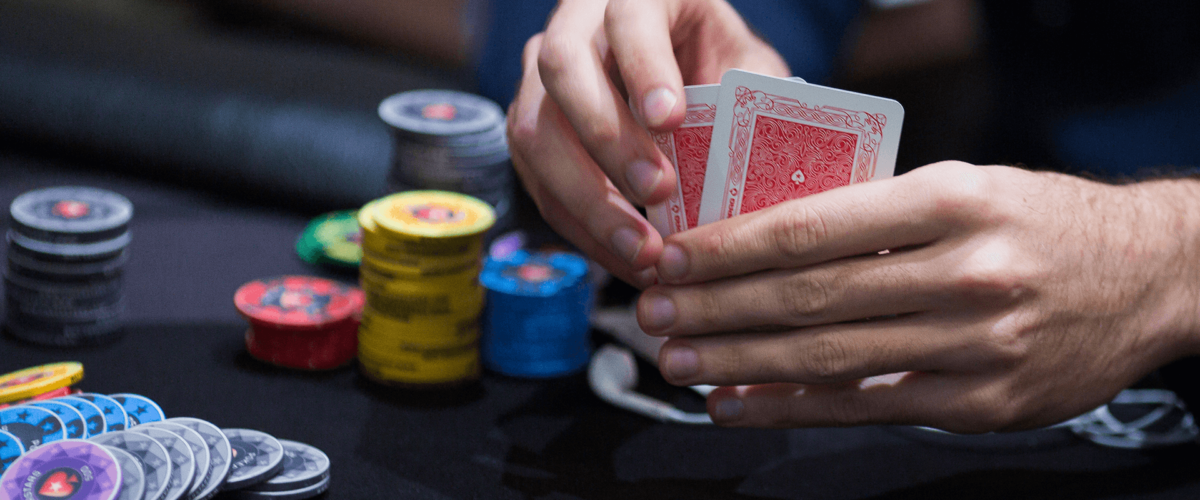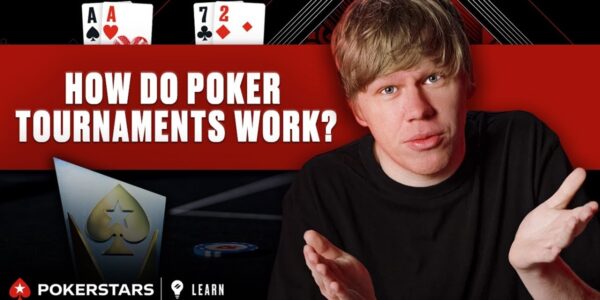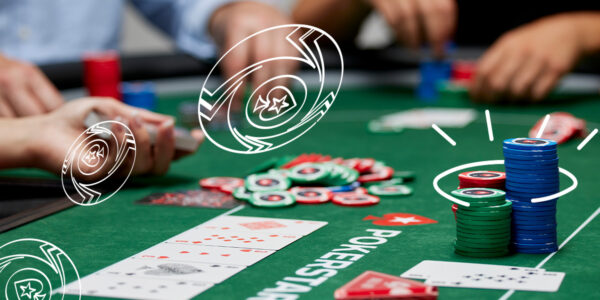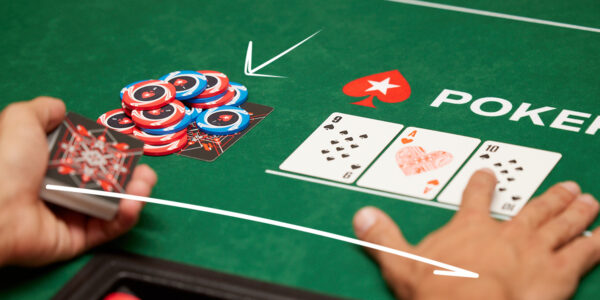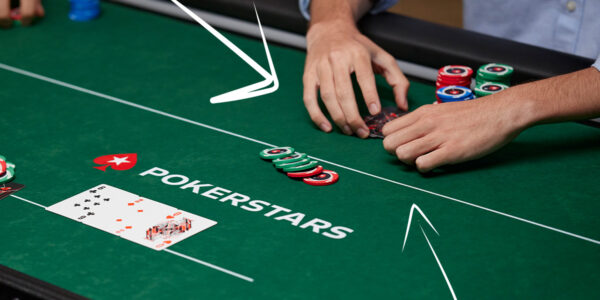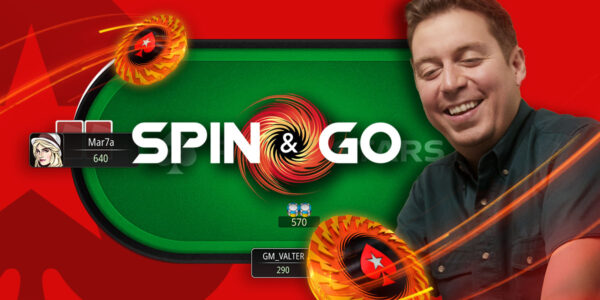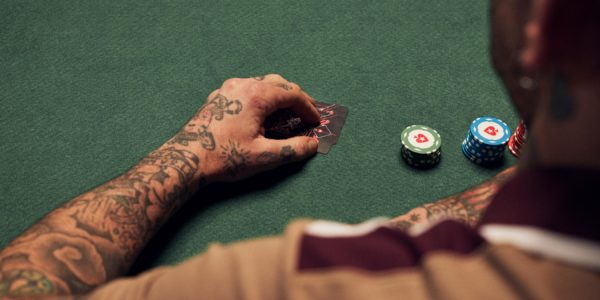A Guide to Block Betting the River
Today we shall focus on one of the more specific tools in the NLHE player’s tool kit – the ability to make small river bets with the right range at the right time – Block Betting the River. One leak my smaller stakes student have is that their bet-sizing is somewhat rigid. They over-rely on bet-sizes that are more familiar to them such as half pot or two thirds pot. There are many bet-size tweaks that can give you an extra edge at the tables from under-bets to over-bets. Today’s bet is around 20%-33% of the pot and serves a very specific purpose.
What Does Block Betting Achieve?
Making a small bet on the river is generally a play that seeks to achieve two aims:
- We set ourselves a good price against Villain’s range where our hand is quite marginal but can easily be best. This way we might avoid having to call a bigger bet that we might face if we check.
- We force Villain to call some weaker hands, meaning that we do not need such a strong hand to bet for value. This is known as thin value betting.
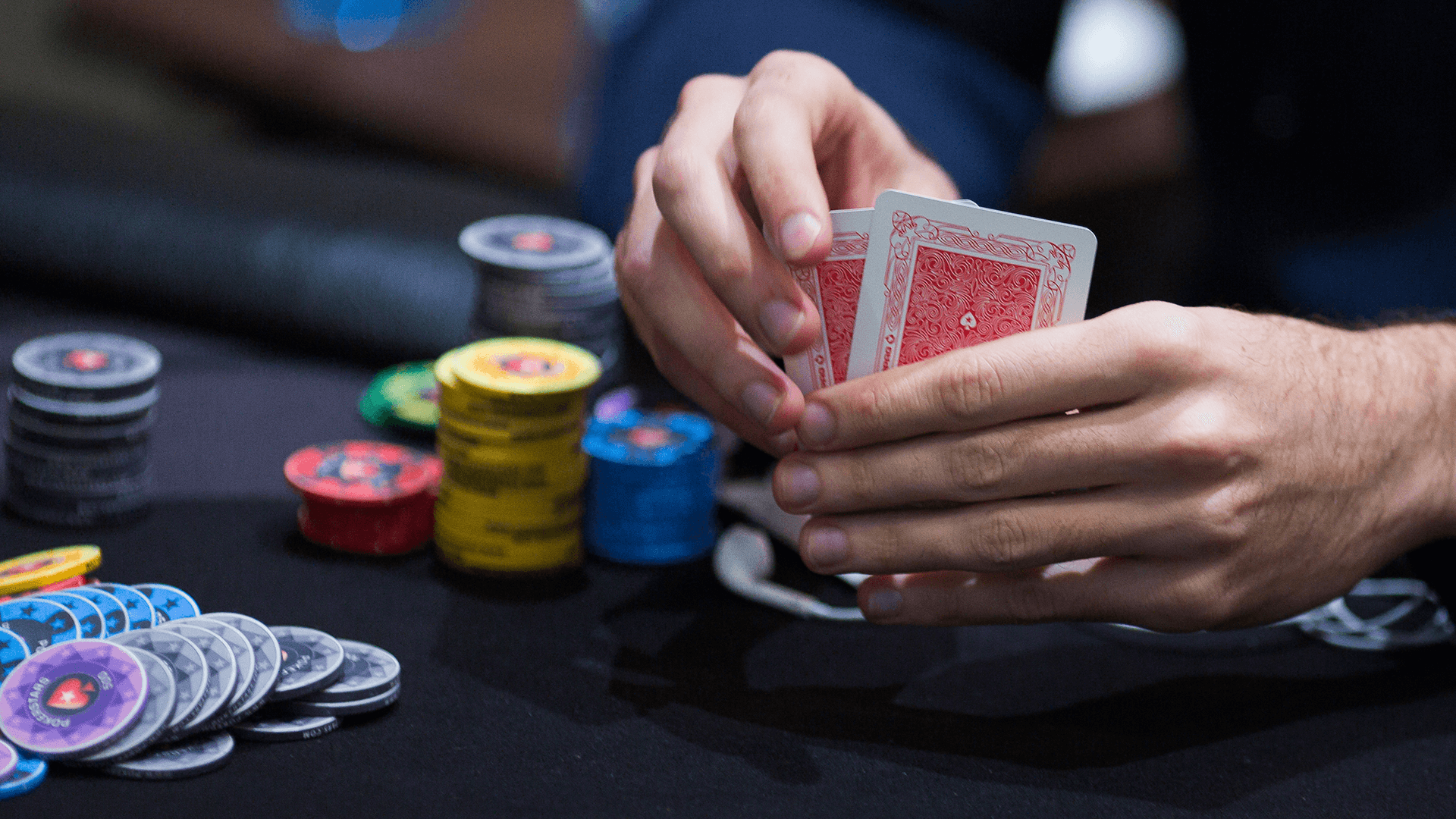

Building a River Block Bet Range
The above aims mean that the most common hand that features in a block bet range is going to be a mediocre one since the block bet strategy is mainly created to accommodate this sort of hand. However, there are other types of hands that make an appearance in a properly balanced strategy. Before we list the hand-types that might use this bet, let’s map out a common situation in which the river block bet is a lucrative option.
Hero is in the BB and calls a 2.5bb open from the CO, who is a solid regular. The flop comes down: J♥ 4♠ 2♣ . Hero checks and Villain bets one third of the pot. Hero calls. The turn is the A♥ and both players check. On the 8♠ river, we will arrive with some Jx, a chunk of Ax, and some occasional air hands like Q♣ 10♣ , which floated the flop with backdoor draws. We will also have some small to medium pocket pairs and some 2x and 4x. Villain might have some weaker Ax, but after his turn check, top pair is much more likely in our range than his. One important point is that our opponent’s range is capped so he will be unable to raise our block bet here unless he has rivered something like two-pair or a set of eights. This improves the expected value of the play as we do not end up bet/folding the best hand very often.
Here are some hands that might want to block bet this river for 30% pot:
Good Jx such as QJ and KJ: These hands can extract some very thin value from weaker Jx, 8x, underpairs, and who knows, maybe a stubborn 4x or 2x from time to time (though these hands are not normally in Villain’s range from pre-flop). Villain will usually not raise with a weak Ax here and would have bet most strong Ax on the turn. Consequently, we get to limit the amount we lose to better hands while also getting value from worse hands.
Ax: With weaker Ax, a small bet will work just fine. If we hold A3 here, we are only targeting Jx and worse for value and so a small bet will be fairly appropriate, cutting back how much we lose to a hand like A9, which will surely bet large if we check again.
A big board crusher like AJo: A hand like this makes it harder for Villain to hold a strong enough bluff catcher to call a large bet. By holding an Ace and a Jack, we reduce the combinations of Ax and Jx in our opponent’s range, causing him to hold a very weak hand more often. Therefore, a small bet might maximise value vs. this range and induce a bluff raise sometimes from weak holdings.
A Bluff: Hands like 10♠ 9♠ need to bet to fold out all sorts of garbage that is currently beating them at showdown. Using a small bet with these hands might seem counterintuitive since fold equity is what we desire, but remember: the less you risk, the less fold equity you need on a bluff. These hands are not expecting to fold out a Jack, but they will often get folds from Queen High, King High and trashy pairs. This part of the block-bet range is needed for long-term balance. If we never bluffed here, Villain would never have to pay us off when we were value betting.
In summary, this spot offers a lot of opportunities for block bets with a variety of holdings. Note that it would be wrong to block bet a hand like 88 here. Such a hand does not block Jx or Ax at all and these hands are likely calling a bigger bet. We should size up with 88 to target them and of course balance this with some bluffs that also use a bigger sizing.
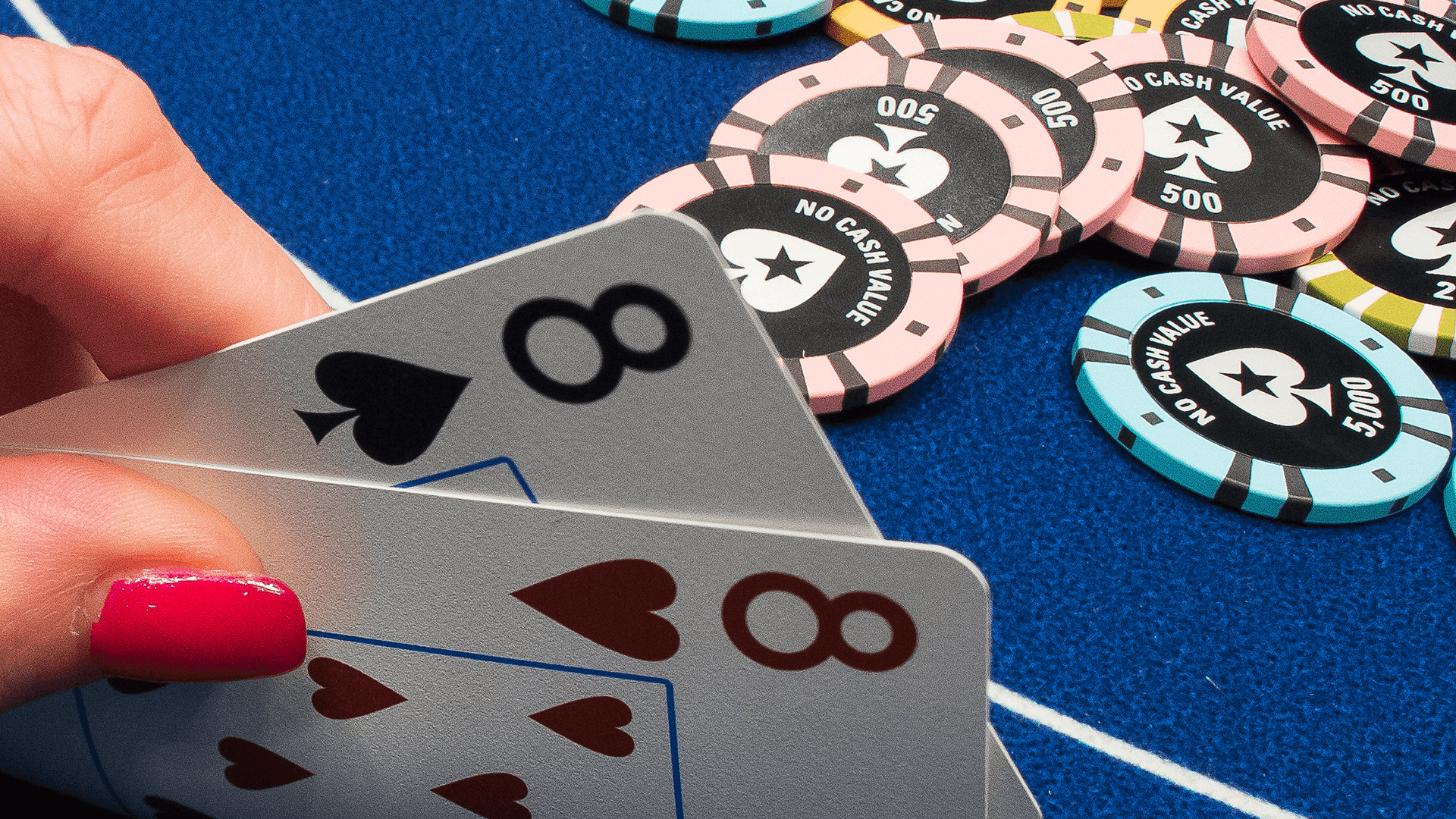

Exploitative Block Betting
There are times when we can consider block betting the river for more exploitative reasons. Look out for the following:
- We have a marginal value betting hand in a spot where many of Villain’s draws have missed and he is an overly aggressive player-type. A block bet here is likely to induce bluff raises.
- Villain is a tight player, we have a good hand, and the board has become very bad for Villain’s range and very good for ours. EG. Lots of high cards came on the turn and the river after he called pre-flop and called a bet on a low flop. For example, 774QK. Villain will fold too often to a big bet here.
- We think that Villain perceives small bets as strong. If he folds too much to 30% pot bet-sizes because he wants to make a soul read that he is ‘being milked’ then this is a great opportunity to make cheap bluffs with high success rates. Such a read is especially likely live or at a home game with friends whom you know well. It may be hard to know that an opponent thinks this way online.
Conclusion
Look out for opportunities to use strategically solid block bet ranges, but also keep your eyes open for times when a smaller bet might serve some profitable exploitative role on the river.


